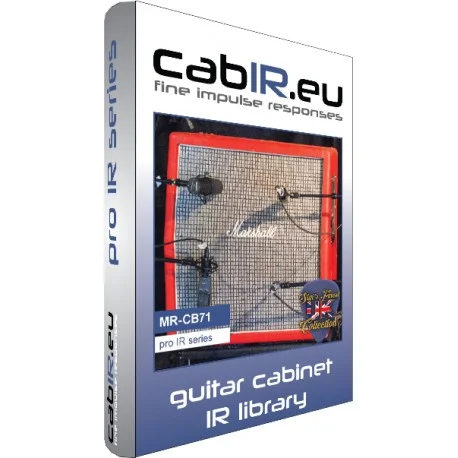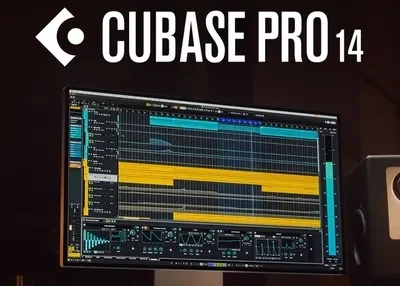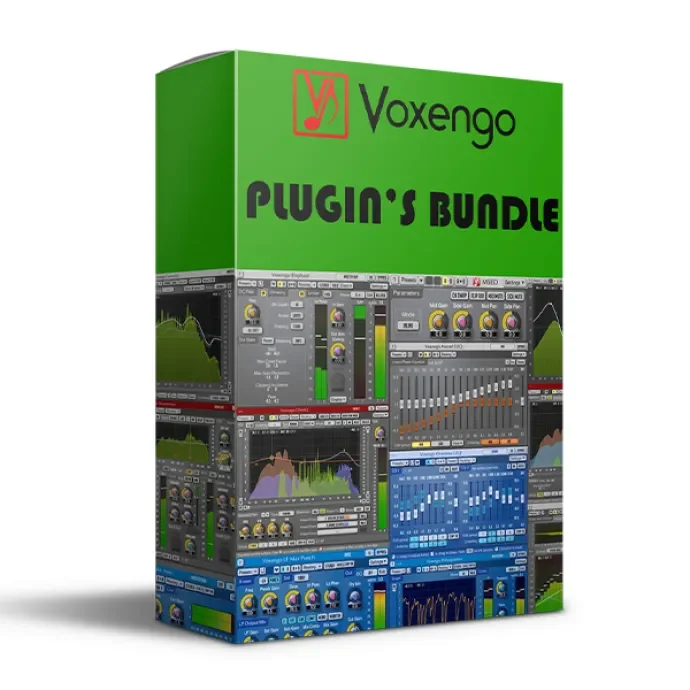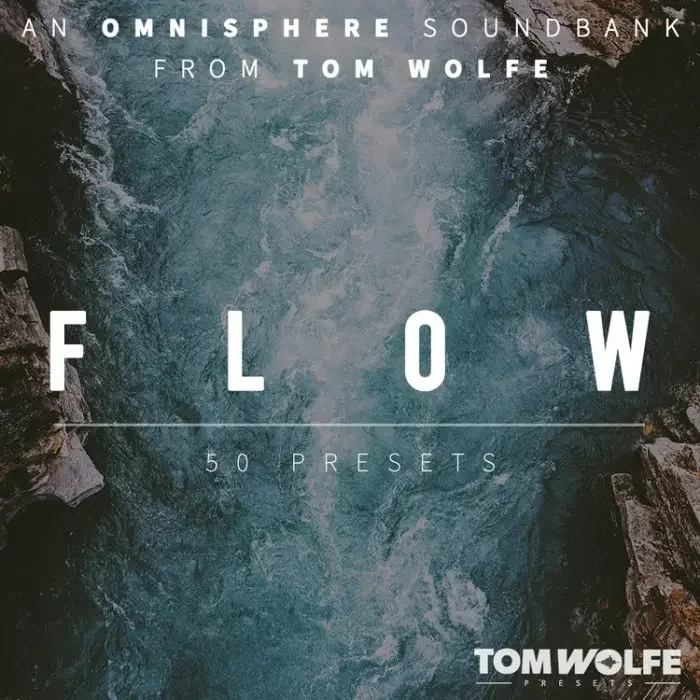
Ultimate Guide to Guitar Impulses with the Iconic Marshall 1960A Cabinet
If you’re a guitarist or audio engineer looking to capture the perfect tone, understanding guitar impulses is essential. This article dives into the specifics of creating high-quality sound profiles using a legendary 1971 Marshall 1960A guitar cabinet, paired with the renowned 1971 Celestion G12M25 ‘pulsonic cone’ preamplifier. With sampling rates of 48 kHz and 96 kHz, this setup offers exceptional clarity and depth for recording or live performances. Let’s explore the equipment and settings that can help you achieve a professional sound.
Top Microphones for Capturing Guitar Cabinet Tones
Choosing the right microphone is crucial when recording or sampling guitar impulses from a cabinet like the Marshall 1960A. Each microphone brings a unique character to the sound, allowing you to experiment with different tonal qualities. Here are some of the best microphones used for this setup:
- Shure SM57: A classic choice for guitar cabinets, known for its durability and ability to handle high sound pressure levels.
- Sennheiser e906: Perfect for capturing dynamic and detailed tones with a tailored frequency response for guitar amps.
- Sennheiser MD421: Offers a warm and full-bodied sound, ideal for versatile recording scenarios.
- AKG C414 XLS: A premium condenser mic that excels in capturing nuanced details of the Celestion G12M25 speakers.
- sE Electronics X1R: A ribbon microphone that adds a smooth, vintage vibe to your recordings.
- Shure SM7B: Popular for its flat, wide-range frequency response, often used in studio settings.
- Sennheiser MD441: Known for its superb sound quality and excellent off-axis rejection.
- Behringer ECM8000: A budget-friendly condenser mic for accurate measurements and recordings.
- AKG C451: A small-diaphragm condenser that delivers precise and transparent audio capture.
By experimenting with these guitar cabinet microphones, you can find the perfect match for your desired tone, whether you’re aiming for a crisp, bright sound or a warm, vintage feel.
Power Amp Voicing Options for Guitar Impulses
The power amp voicing settings play a significant role in shaping the final output of your guitar impulses. These settings allow you to tweak the character of the sound to match your creative vision. The following options are available with this Marshall 1960A setup:
- Idealized-NULL-Amp: Provides a clean, neutral tone that serves as a blank canvas for further processing.
- Push-Amp: Adds a bit of grit and overdrive, perfect for rock and blues tones.
- Tube-Amp: Delivers the classic warmth and harmonic richness associated with vintage tube amp settings.
Adjusting these settings can dramatically alter the feel of your recordings, making them suitable for various genres and styles.
Why Choose the Marshall 1960A for Guitar Impulses?
The 1971 Marshall 1960A cabinet, combined with the Celestion G12M25 speakers, is a legendary choice in the world of guitar recording. Its iconic design and tonal characteristics have been favored by countless musicians for decades. When paired with high-quality microphones and the right power amp voicing, this setup allows you to create guitar impulses that stand out in any mix.
Whether you’re a professional recording artist or a hobbyist experimenting with sound design, understanding how to leverage this equipment can elevate your audio projects. Start by testing different microphones and amp settings to discover the perfect combination for your needs.
Conclusion
Capturing the ideal guitar tone starts with the right tools and knowledge. The 1971 Marshall 1960A cabinet, equipped with Celestion G12M25 speakers, offers a timeless foundation for creating stunning guitar impulses at 48 kHz and 96 kHz sampling rates. By using top-tier guitar recording equipment like the Shure SM57, Sennheiser e906, and others, and experimenting with power amp voicing options like Tube-Amp, you can achieve professional-grade results. Dive into this setup and unlock a world of sonic possibilities for your next project!



